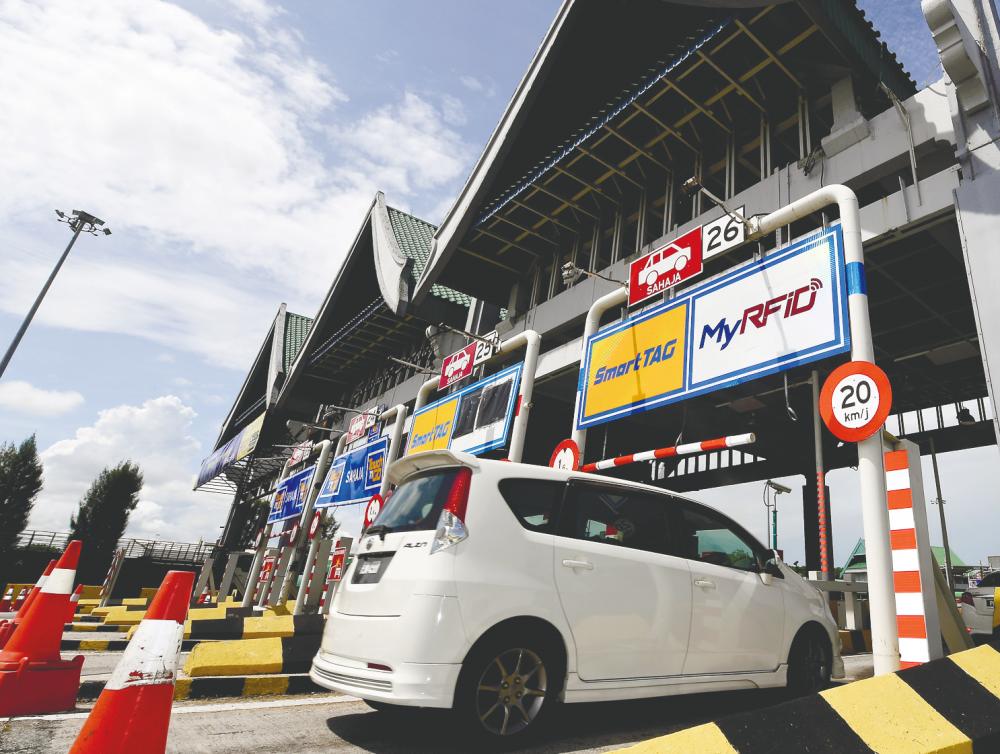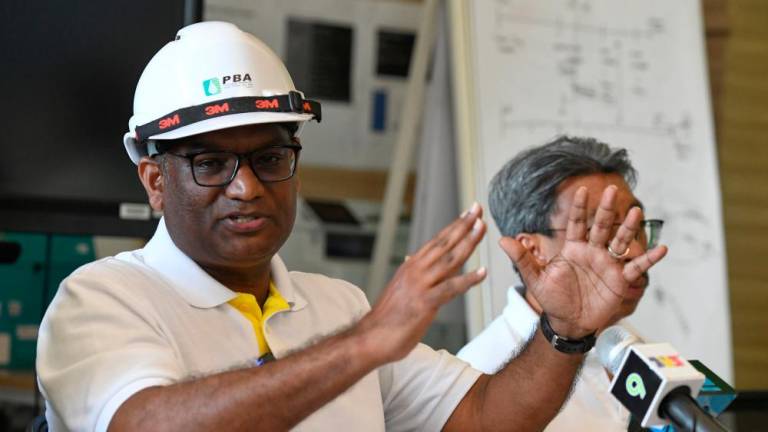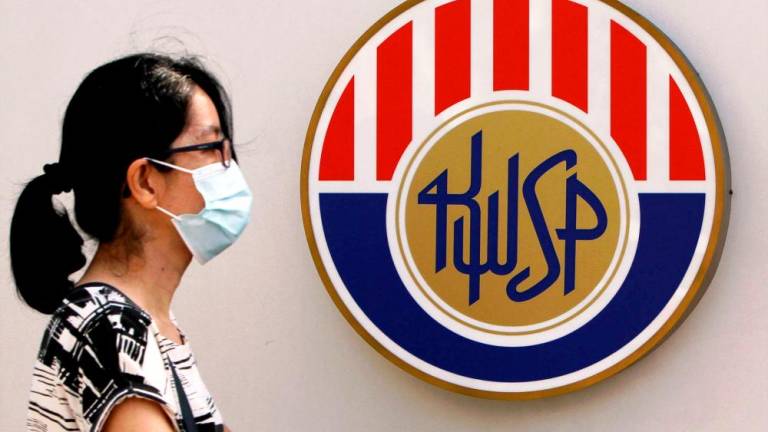PETALING JAYA: Motorists need not worry about the transition from the current mode of paying highway tolls to the radio frequency identification (RFID) system as they have until at least 2023 to make the change.
Assuring that the transition is not a sudden transformation from SmartTag and Touch ’n Go to RFID, PLUS strategic stakeholder management head Syed Mohammed Idid Syed Ahmed Idid said it will be done in phases.
The transition was announced at the end of last year and is expected to take effect from Jan 15 on the North-South Expressway.
“Changes are not happening overnight on Jan 15. We can’t convert everything in just one night, and to change it involves technological processes,” he told theSun.
PLUS said highway customers demand for RFID will determine that more RFID lanes be opened.
A minimum of one RFID lane will be introduced per direction at each of the 74 toll plazas and two lanes for larger end barrier toll plazas such as Juru, Skudai, Sungai Besi and Jalan Duta.
The transition is in line with the government’s vision of having multi-lane free flow (MLFF) that allows car users to zoom through the toll without stopping for any tag to be scanned and without any toll booth structure at the toll plaza.
PLUS is starting the building block of the MLFF by establishing and honing the single free flow (SLFF) system by using RFID where there still are toll booth structures in place without the gate that opens up upon successful RFID scan.
To mitigate the problem of the barrier not opening, PLUS is installing an automated number plate recognition (ANPR) camera.
“The ANPR camera can detect your plate number and it is placed where the car is exiting the toll booth. It is already in place at the Hutan Kampung-Sungai Dua Highway,” Syed Mohamad Idid said.
He said the RFID technology is scalable as it uses a back-end system that can be managed easily with artificial intelligence (AI).
“With ANPR camera, PLUS has also added the toll validation system in which if the camera detects entry of a car on either RFID, SmartTag or Touch ’n Go, and upon exiting payment will be charged based on the data gathered from the camera and the tolling system.
“At the end of the day, there is an AI behind this mechanism. The more people adopt RFID, the more data the AI will pick up and the more intelligent it will become with greater experience,” he added.
In case of any network outage, toll personnel will be armed with a scanner gun called OBVIA which will be used to assist users in opening the barrier.
Touch ’n Go said they are working on centralising all payment systems in its application.
The company said all RFID tags are already linked to Touch ’n Go eWallet balance and all Touch ’n Go card users can use a PayDirect feature, which links the card to the eWallet balance.
“The only portion missing is topping up a Touch ’n Go card from Touch ’n Go eWallet (also for use in parking and transit) – we are already working on a solution for this,” the company told theSun.
Touch ’n Go said users can begin to use the upgraded Touch ’n Go card that allows users to reload their card from the Touch ’n Go eWallet option in the first half of this year.
If users decided to get rid of Touch ’n Go cards and opt to fully utilise RFID and eWallet, the company said they can link the Touch ’n Go card to eWallet and request a balance transfer in the nearest future.
“Soon, all balances in the card will be moved into the Touch ’n Go eWallet balance; which will then function as the RFID source of funds.”










